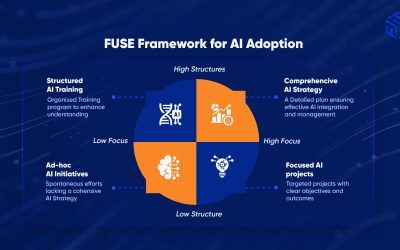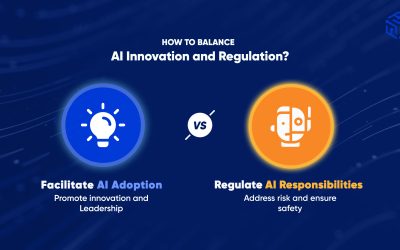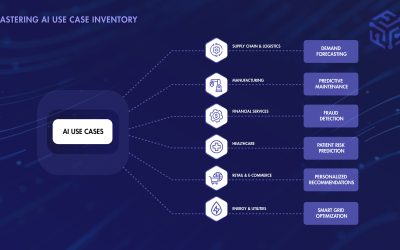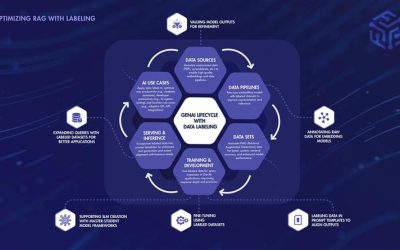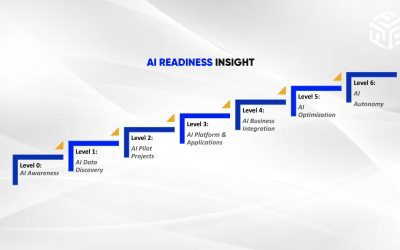Learn how the FUSE Framework helps mitigate AI pilot fatigue by providing a structured, scalable approach to AI adoption.
Fusefy’s Take on US Bipartisan House Task Force Report on AI
The Bipartisan House Task Force outlines key steps to sustain U.S. leadership in responsible AI innovation.
Top AI Use Case Inventory Ideas with Fusefy’s Industry Guide
AI use cases are key to adoption. Fusefy’s Guide helps identify and prioritize opportunities, creating actionable solutions.
Optimizing RAG-Based AI – Part 1: Why Prompt Engineering Can’t Replace Data Labeling
Discover why prompt engineering can’t replace the essential role of data labeling in building accurate AI models.
Exciting news from Microsoft Ignite 2024
Discover how Fusefy, an AI Adoption as a Service (AIaaS) provider, empowers enterprises to overcome common AI adoption challenges through its innovative FUSE framework. Learn how the FUSE framework enables AIaaS, making Fusefy the ultimate partner for businesses aiming to harness AI efficiently, securely, and effectively.
How to Assess AI Readiness: A Comprehensive Breakdown for Leaders
Discover how Fusefy, an AI Adoption as a Service (AIaaS) provider, empowers enterprises to overcome common AI adoption challenges through its innovative FUSE framework. Learn how the FUSE framework enables AIaaS, making Fusefy the ultimate partner for businesses aiming to harness AI efficiently, securely, and effectively.
